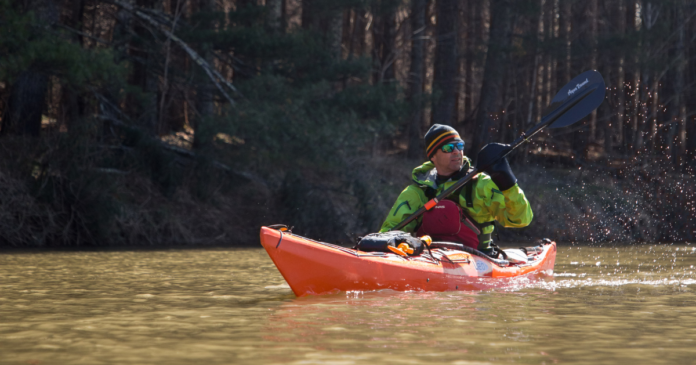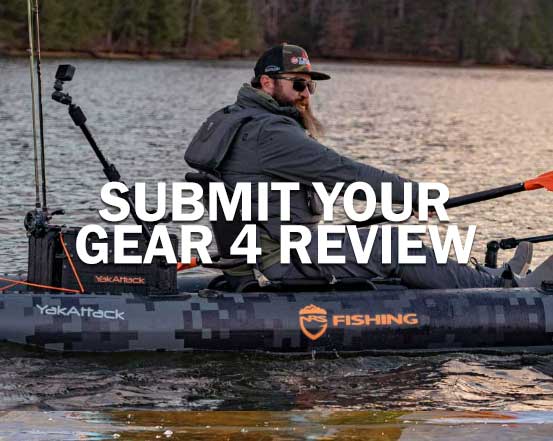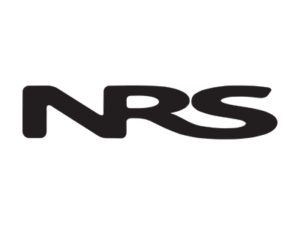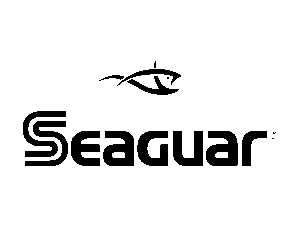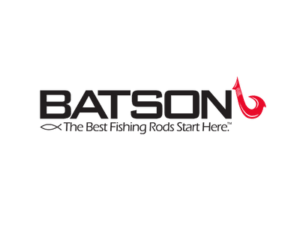I just finished up a two-day trip on the New River in North Carolina. This was my attempt to to escape the capricious Canadian spring weather (we had snow recently in my neck of the woods…) and log my first multi-day paddle of 2022. Well, my icebreaker adventure was still quite cold, but also fun and beautiful. If you want the full, vicarious experience, check out my recent video with the River Kings.
The standard kayak camping setup
In the wake of these trips, and some of the reviews I post, I'm often asked about the full extent of my gear. So today I thought I would give you a snapshot of a typical setup I go with when paddling for a couple days on the river. This one will put particular emphasis on colder conditions.
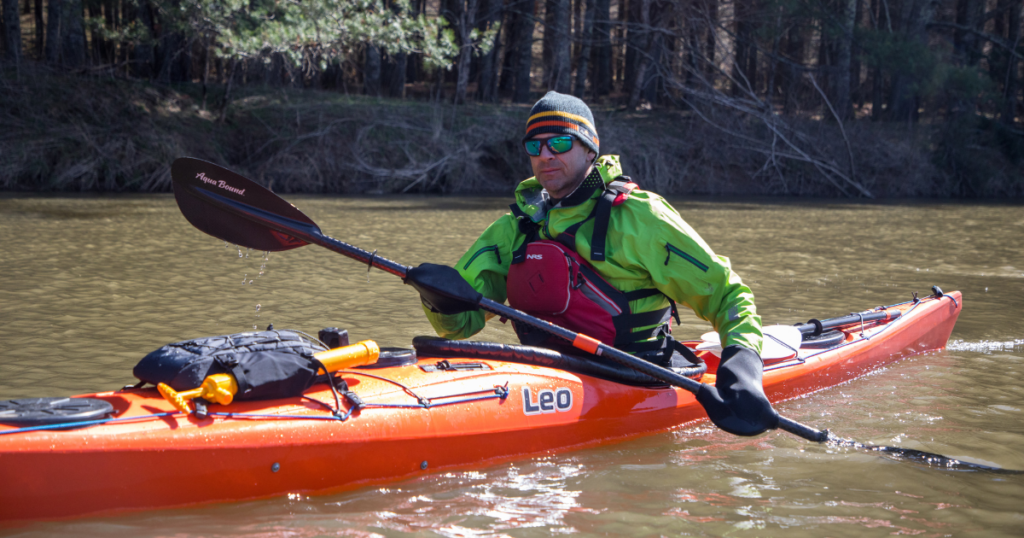
Choosing a kayak for camping
Let's start with the obvious, what kayak did I use? Even though this was a river trip, I decided on the 16-foot P&H Sea Kayaks Leo. Don't let the name fool you, sea kayaks are great in a whole host of conditions. For this reason, I refer to them simply as touring kayaks. I had previously tried (and loved) the 14-foot P&H Virgo, and so I was curious how the longer version would fare. I just posted an in-depth review of the Leo, so I'll stick to a brief synopsis for now.
I thought the Leo struck a nice balance between speed and maneuverability (the rocker helped compensate for the length). The High-Volume (HV) offering was also great for my size (6′ 2″, 195 lbs). And even though there were some redundancies when it came to storage, I appreciated having several waterproof hatches to work with on this trip. As I expected, the Leo performed beautifully on the Class 1 and very gentle Class 2 whitewater that we encountered.
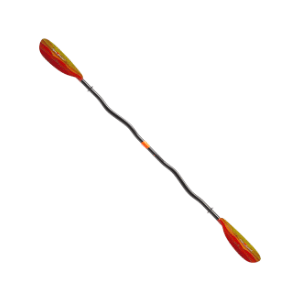
Paddle for kayak touring
When touring with the Paddling Kings you gotta have a worthy saber. I chose the Aqua Bound Whiskey Carbon Bent Shaft Paddle. The full carbon blade/shaft design made this a super light package, which is clutch on longer trips.
Backup paddle
My backup paddle (that's right folks, gotta expect the unexpected) was the Aqua Bound Manta Ray hybrid paddle (carbon shaft/reinforced nylon blades). I often use this as my primary paddle too. It has the advantages of being extra-durable and much more affordable than full-carbon paddles.
Bonus note
The weather was so Canadian-esque on this trip that I opted for some pogies. They attach directly onto the paddle, keeping your hands protected. They aren't quite as warm or dry as full-on paddling gloves, but they have the added advantage of improved feel and performance. When it comes to gloves, I don't love the disconnect that comes from having a layer of neoprene between my hand and the paddle shaft. I'll take the slight trade-off of pogies to boost that proprioception any day.
Kayak camping clothes
Well, for this special outing I went with my 15-year old polypropylene long sleeve. I think these are really gonna make a comeback this season. For my base layer, I opted for a more modern NRS neoprene top that has a soft, fuzzy layer underneath. I appreciate the utility of neoprene but I don't love the feel of it directly against my skin. This piece solves that problem.
Layering for colder weather
Even though we were south of the border, I still had to layer up…south of the border. I started with some thick fleece long johns, popped a pair of surf shorts over top, and then capped it all off with a solid pair of dry pants. The latter has built-in socks and a tunnel portion that extends up from the waistband and tucks under my skirt and shirts. This whole gown keeps me warm and dry, even when splashing around in the rapids.

Kayak touring paddle jacket
I'm a big fan of anorak style jackets. That's why I went with the NRS Riptide Splash Jacket. It has latex gaskets on the wrists, which stops the infamous paddle drip from leaking down my sleeves. At the neck, it has a neoprene gasket. This isn't as waterproof as latex, but it is much more comfortable on this chaffe-prone area.
I knew we weren't going into conditions that would involve much flipping, and I certainly wasn't planning on doing any show-off rolls, so I knew this would be the right blend for the trip. Neoprene gets the job done just fine for rain and basic splashing around. The Riptide also has a built-in hood, which again is handy for when the rain kicks in. And finally, there's another built-in tunnel, which doubles up with the one on my pants. So while not a full-on drysuit, it was pretty darn close.
Kayaking shoes for camping
On my feet, I went with NRS Boundary Boots. These are absolutely my go-to cold-weather kicks. They're waterproof below the boot-cuff, they have neoprene insulation, they have a flexible sole (but still enough integrity for any terrain), and they are just all-around comfortable boots.
Kayaking spray skirt
NRS has me outfitted from nearly top to bottom. In this case, the Drylander Sprayskirt got me through comfortably. It has a tight rand, which gives it a nice seal on the kayak. This thing is designed to take some hits and really stays on when you need it to. That said, it also has a built in rip-cord so it's easy enough to take off when the time comes.
Kayaking PFD
The Zen Rescue PFD (personal flotation device) by (you guessed it) NRS, is another classic go-to of mine. I love the big central pocket for my sunscreen, snacks, and my chapstick (don't discount this little guy on cold, wet outings). It also has an even bigger, fleece-lined pocket for occasional hand-warming breaks.
How to pack for an overnight kayak trip
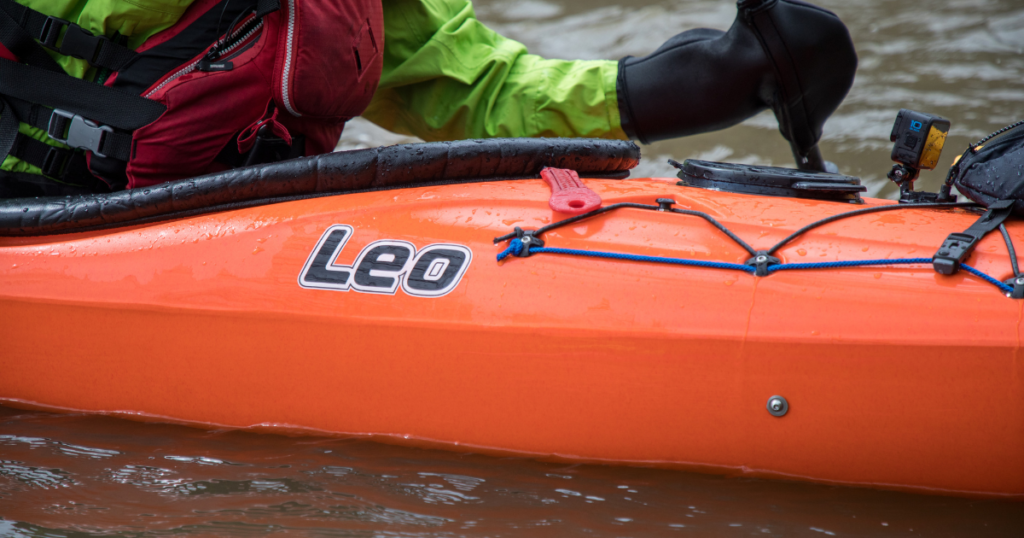
Keep in mind that the P&H Sea Kayaks Leo came with three hatches (one in the front, two in the back), plus I opted for an additional day-hatch, which sits right in front of the cockpit. In the larger back hatch, I packed my water-proof trail runners/end of the day camp-shoes (which I strategically wrapped in an old grocery bag).
Sleeping bag and tent storage
I also stuffed my Big Agnes, heavy-duty sleeping bag, along with my tent and some cooking fuel, in the back hatch. These were all individually dry-bagged. A quick note, even when hatches are labeled as waterproof, I wouldn't ever bank on this being perfectly accurate. Anything that you need to keep dry, put it in a dry bag. However, I know these can add bulk, and so I'll skip this sometimes for things that are fine to get wet, or will dry out quickly when I get to camp. Something worth considering.
Snack storage
In the standard-issue back day-hatch, I kept some extra snacks. As I mentioned in my full-review, I would have preferred just one big hatch in the back. I find that a smaller day-hatch, if it's behind you, is hard to reach while paddling.
Throw rope storage behind the back-band
Rounding out the back section, I stashed a throw-bag behind my back-band. This is a must-have for any river adventure, and it needs to be somewhere immediately accessible.
First-aid kit and more snack storage
Moving up front, the add-on day-hatch made a lot more sense to me. I put yet more snacks, a first-aid kit, and my trustee GoPro so that I could capture lots of spontaneous footage. In-between the day-hatch and the main-hatch I anchored my Gearlab Deck Pod V2, which is great for more quick-access goodies. It's compatible with a hydration pack, in case you prefer sucking on a bladder versus fumbling with water bottles. I was happy to see that the new version came with some clips that easily attached to my kayak's deck bungees.
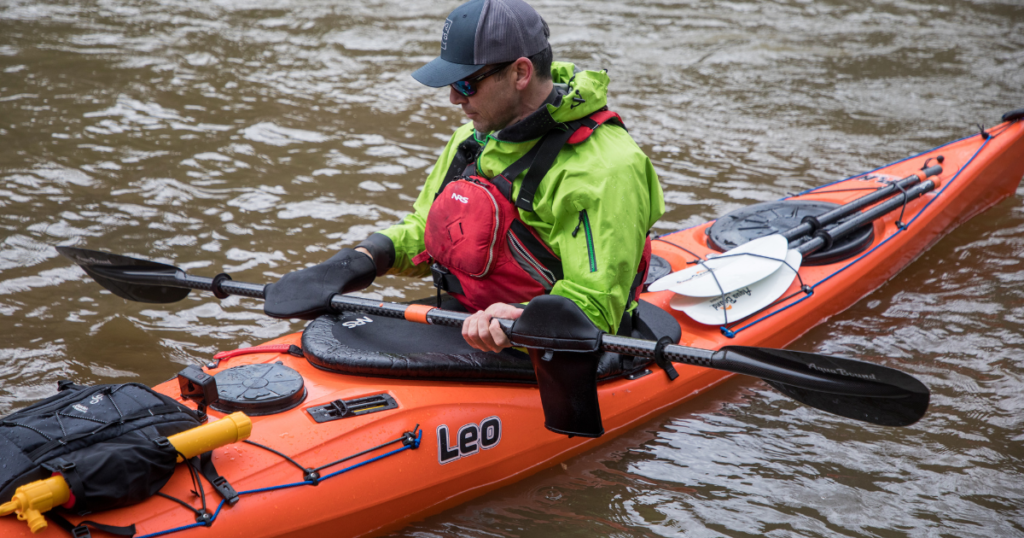
Finally, in the front-hatch, I stashed a couple more dry bags with all of my clothes, cooking gear, and a sleeping pad. I like to pack lighter gear in the ends of the kayak and shift heavier stuff to the middle, whenever feasible.
Extra Tip on Kayak Camping
I had extra space in front of the footpegs, which is a rarity for me (shout-out to P&H and their High-Volume kayaks), so I hid one more dry bag full of extra cold-weather clothes. It's one thing to stay warm when you're paddling up a storm, but it's quite another when you're just sitting around camp. I highly recommend down-booties!
Enjoy the water!
So that's how I packed for my two-day, river-running trip. The conditions weren't exactly the respite from the Canadian climate I was hoping for, but when it comes to paddling, it isn't so much bad conditions as it is inadequate gear. Thankfully, I had what I needed to keep me in good spirits, and that's the main thing.
I hope you enjoyed this run-down. For more tips, reviews, and adventures, check out PaddleTV.
Disclaimer: This article includes affiliate links where Ken Whiting earns a small commission if you make a purchase at no additional cost to you, but it's a great way to show your support. Thanks!
Other paddling gear I use and recommend
NOTE: These are affiliate links where I’ll earn a small commission if you make a purchase at no additional cost to you, but it’s a great way to show your support. Thanks!
FOOTWEAR
PADDLING SHIRTS / TOPS
NRS H2Core Silkweight Long Sleeve Shirt
NRS Hydroskin Short Sleeve Shirt



